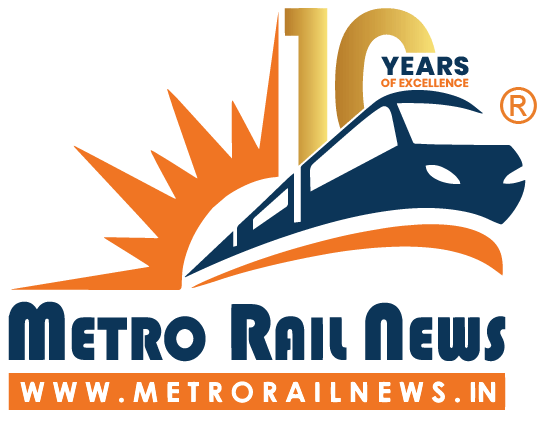New Delhi: Prime Minister Narendra Modi has flagged-off the Delhi-Faridabad Metro Line that would allow hassle free travel for around two lakh daily commuters between the national capital and the industrial hub in Haryana.
The extension of the Delhi Metro connects Badarpur to Escorts Mujesar in Faridabad.
The total cost of the project from Badarpur to Escorts Mujesar is nearly Rs. 2,500 crore. Out of this, Rs. 1,557 crore was borne by the Haryana Government, the Centre contributed Rs. 537 crore, while the Delhi Metro provided Rs. 400 crore.
The nine stations in this section include, Sarai, NHPC Chowk, Mewala Maharajpur, Sector 28, Badkal Mor, Old Faridabad, Neelam Chowk Ajronda, Bata Chowk and Escorts Mujesar.
buy kamagra polo online https://lasernailtherapy.com/wp-content/themes/twentytwentytwo/inc/patterns/en/kamagra-polo.html no prescription
All these are elevated and located on either side of the Delhi-Mathura Road (NH-2).
“The nine-station metro corridor which was 95 per cent indigenously built will provide people a safe, affordable, quick, comfortable, reliable, environment-friendly and sustainable transport facility,” a Haryana government spokesperson said.
Haryana Chief Minister ML Khattar, addressing a press conference on Saturday, had thanked the Prime Minister for “gifting” the Metro service which would take the city to “another level of progress” with better connectivity with other NCR towns.
He had also said that the Prime Minister would be announcing the go-ahead for connecting Gurgaon with Faridabad by Metro.
Follow us
Metro Rail News is a premier source for the latest in the Metro & Rail Transportation Industry, delivering news, technical insights, and business opportunities. With over 1 million readers, it offers a platform for advertising and global partnerships, catering to a wide-ranging audience interested in rail systems.
Latest news
DBL-RBL JV Wins ₹1503 Cr Civil Contract of Gurugram Metro
Bengaluru Metro’s Yellow Line Receives CMRS Approval for Operations
SKM Contractor Receives LoA for Ticket Vending Services Contract of Delhi Metro
Popular news
Russian Giant TMH Submits Rs 200 Crore Bank Guarantee for Vande Bharat Sleeper Trainset Project
Vibrant Debut: ICF Launches New Orange Color Vande Bharat Express
Upcoming Centrally-Heated Vande Bharat Trains Set to Serve Jammu and Kashmir Region
© 2016 - 24 | All Rights Reserved



